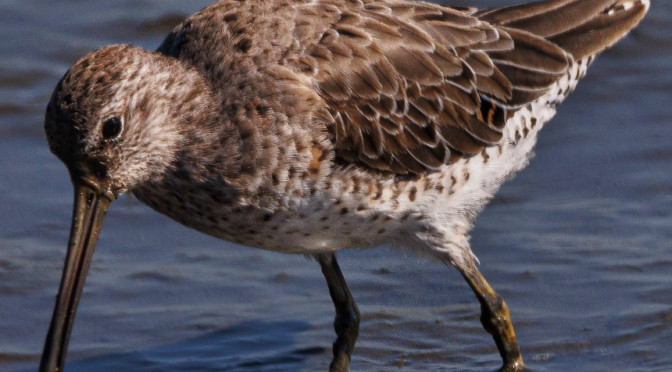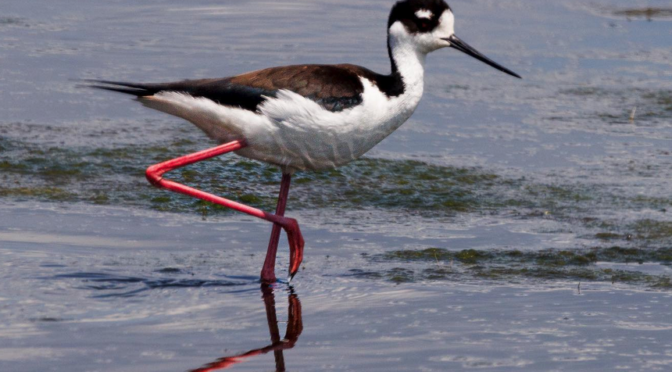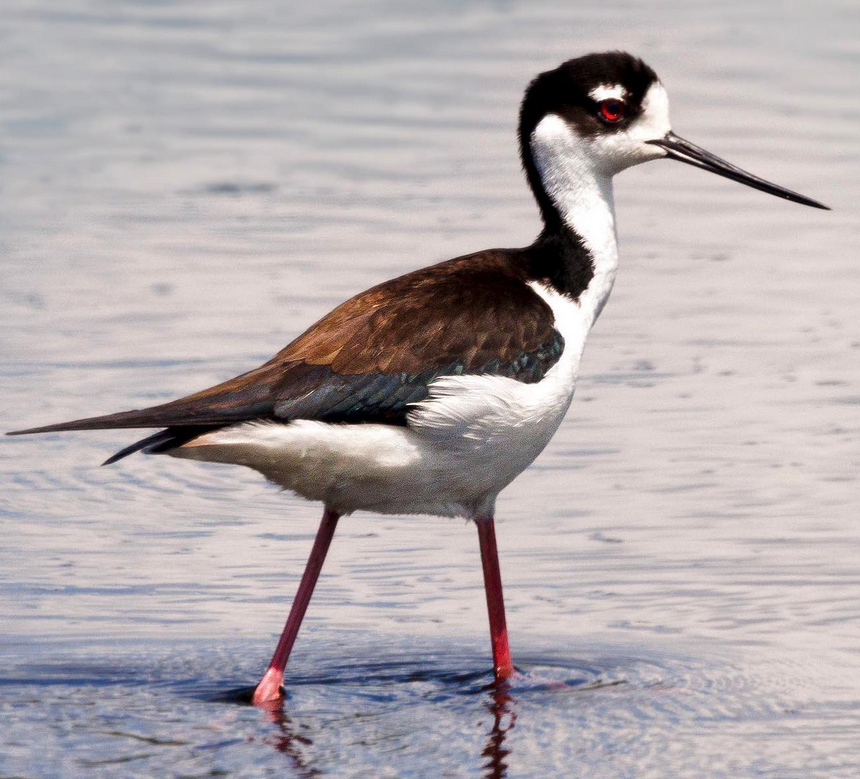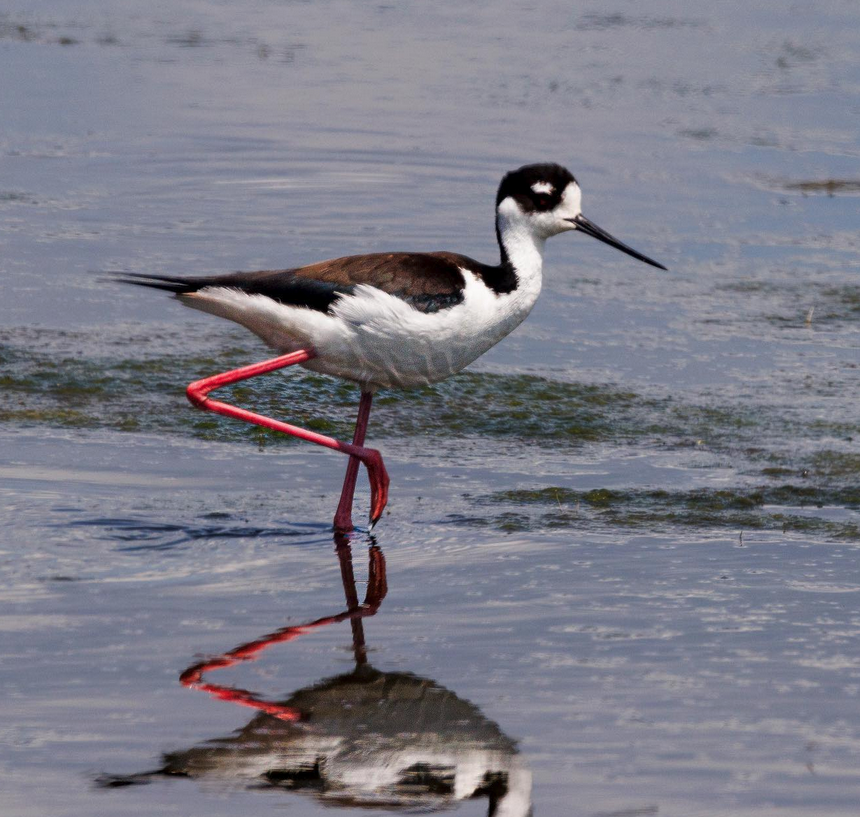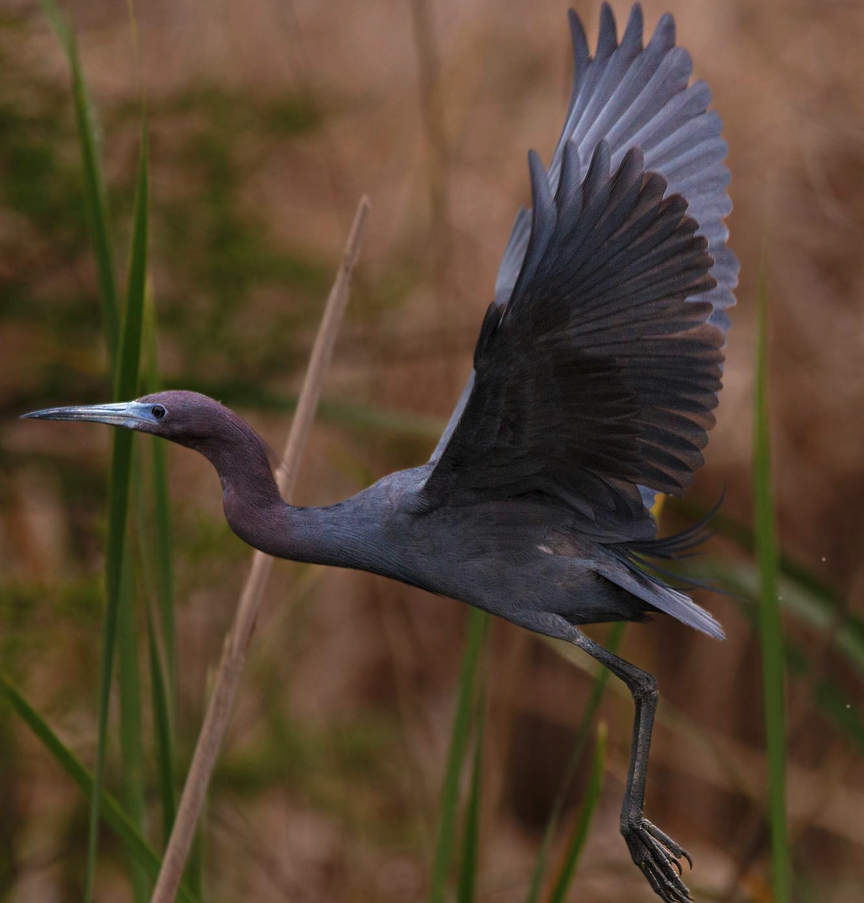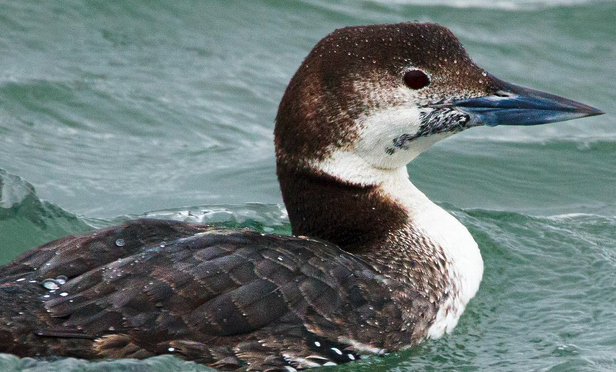By Sally Siko
Here’s a bird I was delighted to photograph this past week, a Yellow-bellied Sapsucker. I spotted him while leading a birding tour at Huntington Beach State Park in coastal South Carolina. It was absolutely awesome to get a good clean look at this striking bird as it searched for a snack.
For some reason every time I’ve tried to photograph this species they always seem to be just a bit too far away or on the wrong side of the tree to grab a decent shot. This time we got lucky so my client and I were able to come away with some good pics.

Yellow-bellied Sapsuckers are found scrambling up and down tree trunks
in varying numbers from our mountains to the coastal areas of the Carolinas throughout the year.
Their diets include a wide variety of insects, including ants and beetles plus they regularly feed on berries and fruits.
But why are they constantly hammering their beaks into the tree trunks?


The clue is actually wrapped up in their name. It’s all about tapping that sweet, sweet sap flow! These little guys will move up hastily up and down trees to drill a series of wells in the trunks to drink the sap that oozes forth. Often returning to the same tree on a regular basis, the Yellow -bellied Sapsucker’s elaborate systems of sap wells are maintained daily to ensure sap production. Boasting a legit honey-badger-don’t-care attitude, these feisty woodpeckers will defend their wells from all kinds of sap-stealing animals and birds, including other sapsuckers. They also may be found happily raiding both hummingbird and suet feeders alike in our own backyards with the same energy.
Photos by Sally Siko of @bestlife_birding captured on my mighty mirrorless monster, the @canonusa #R5
Want to go see this bird too? Book at trip with me at Huntington Beach State Park.





















